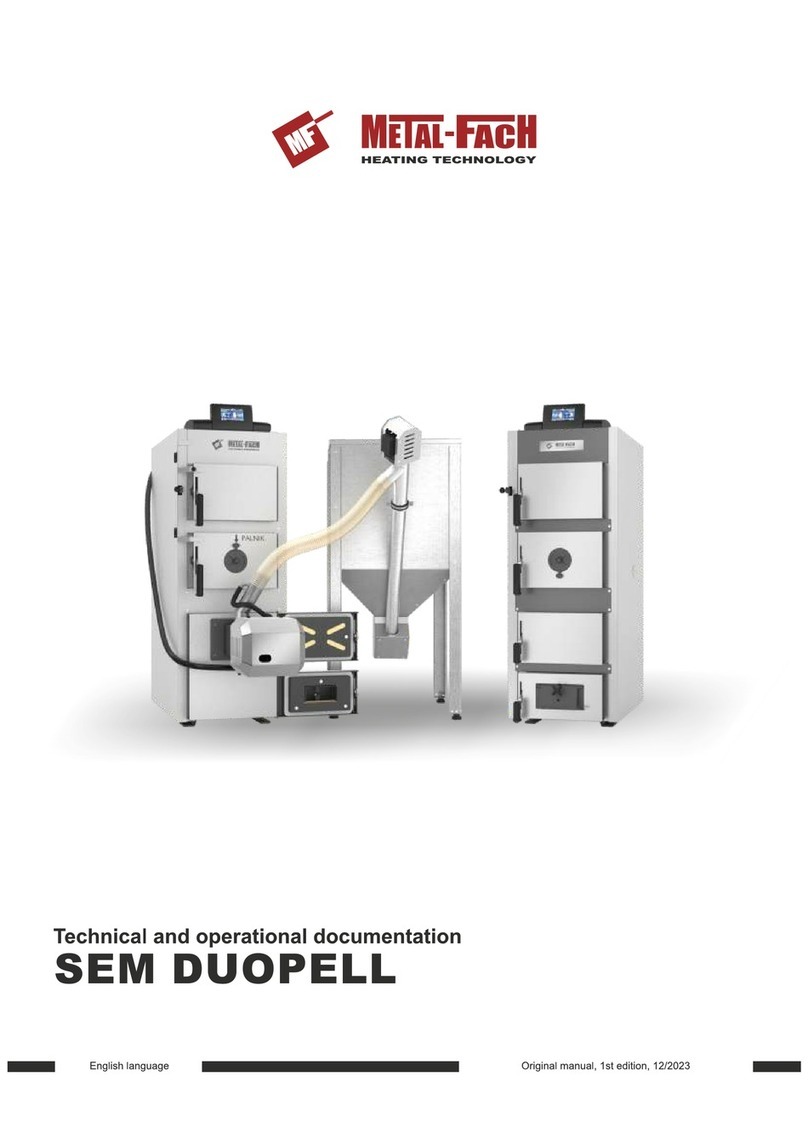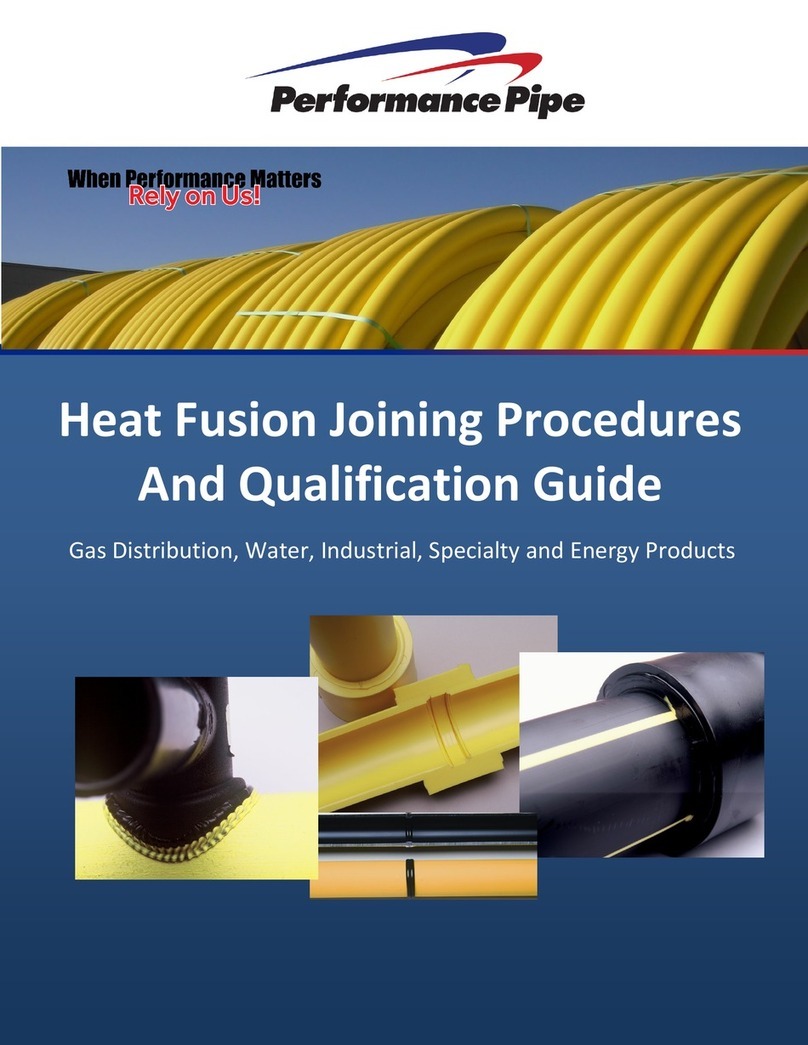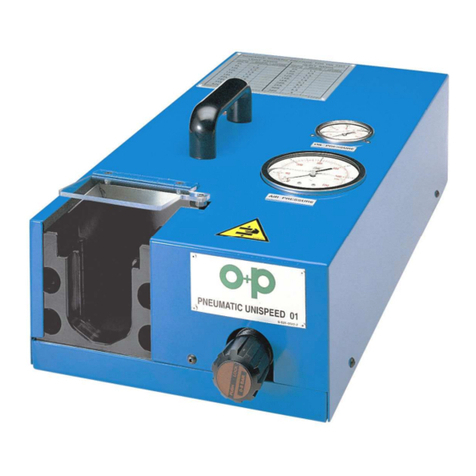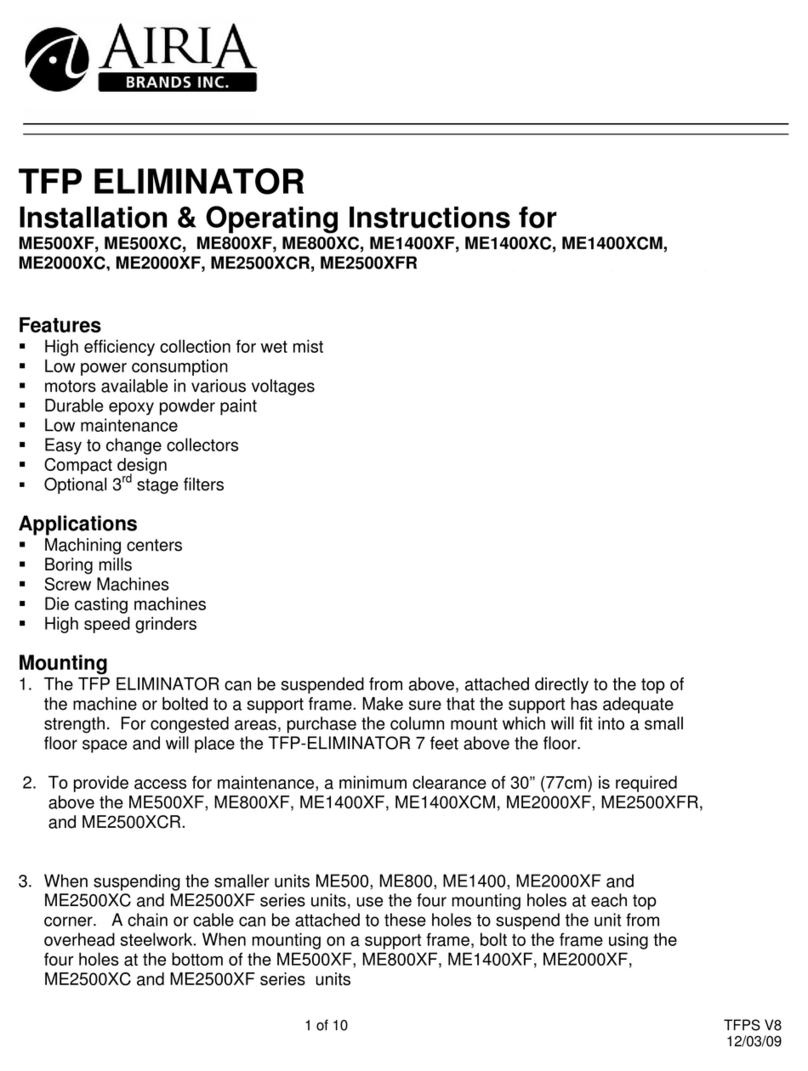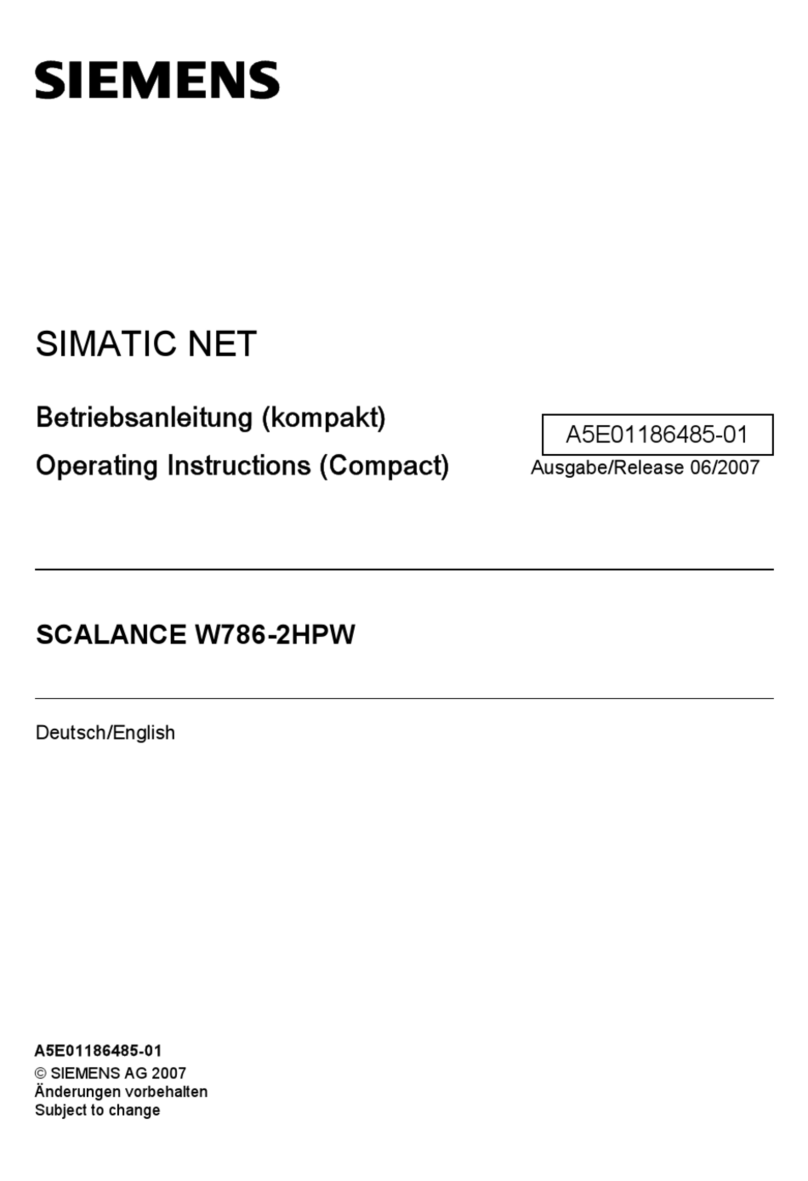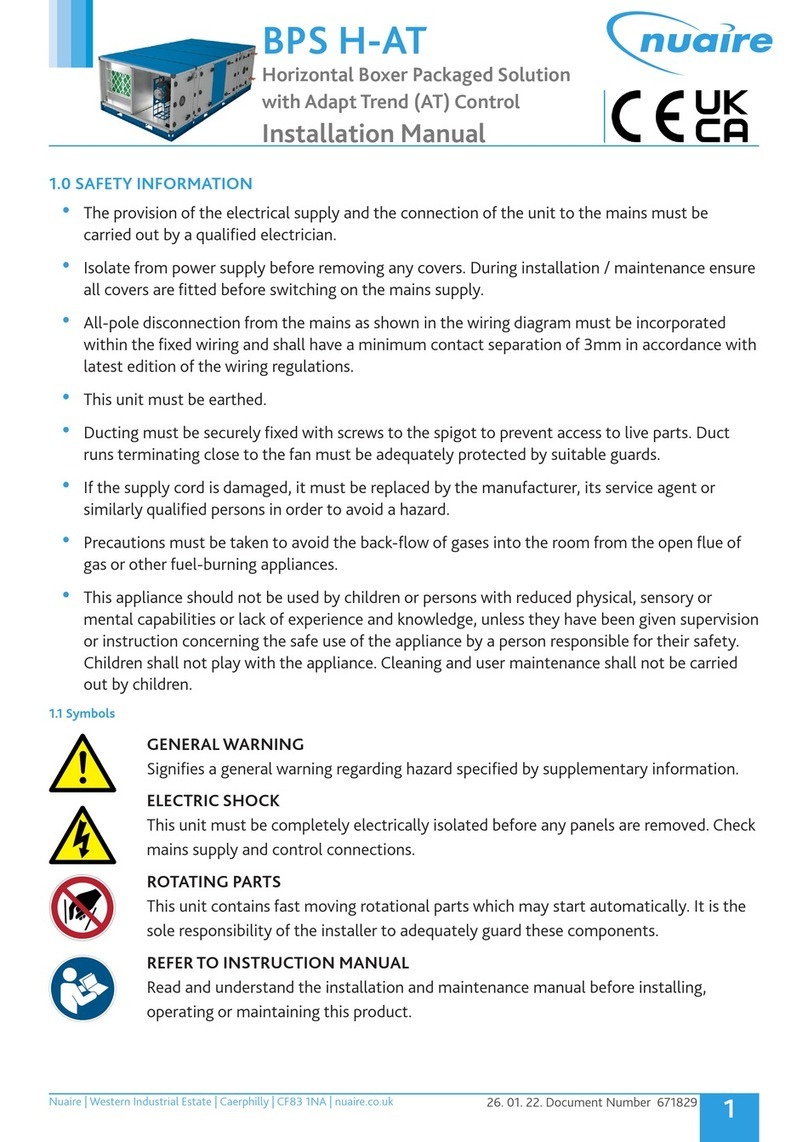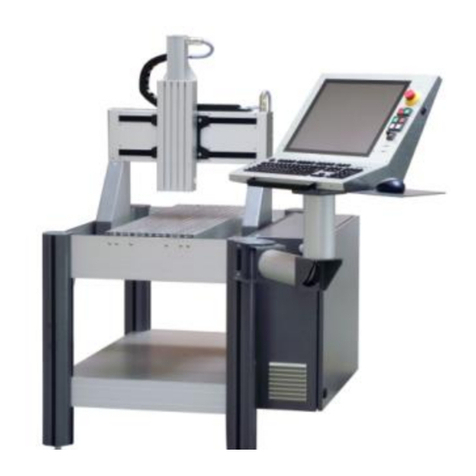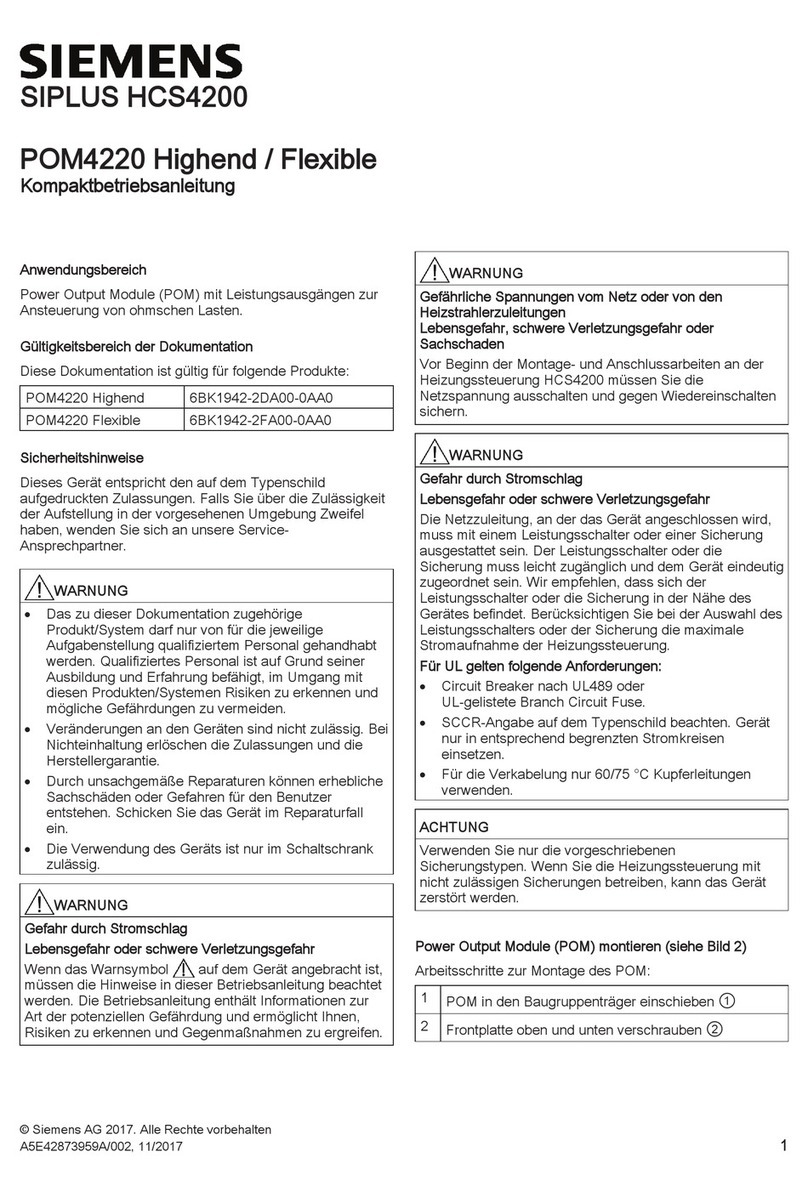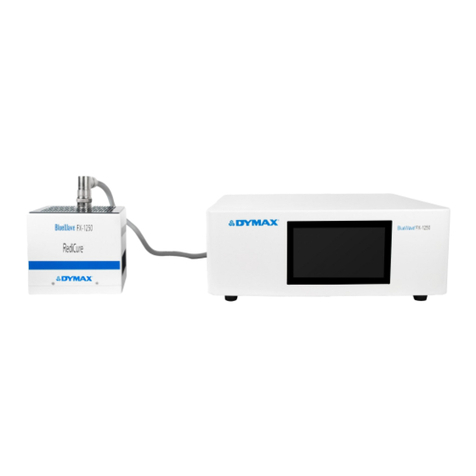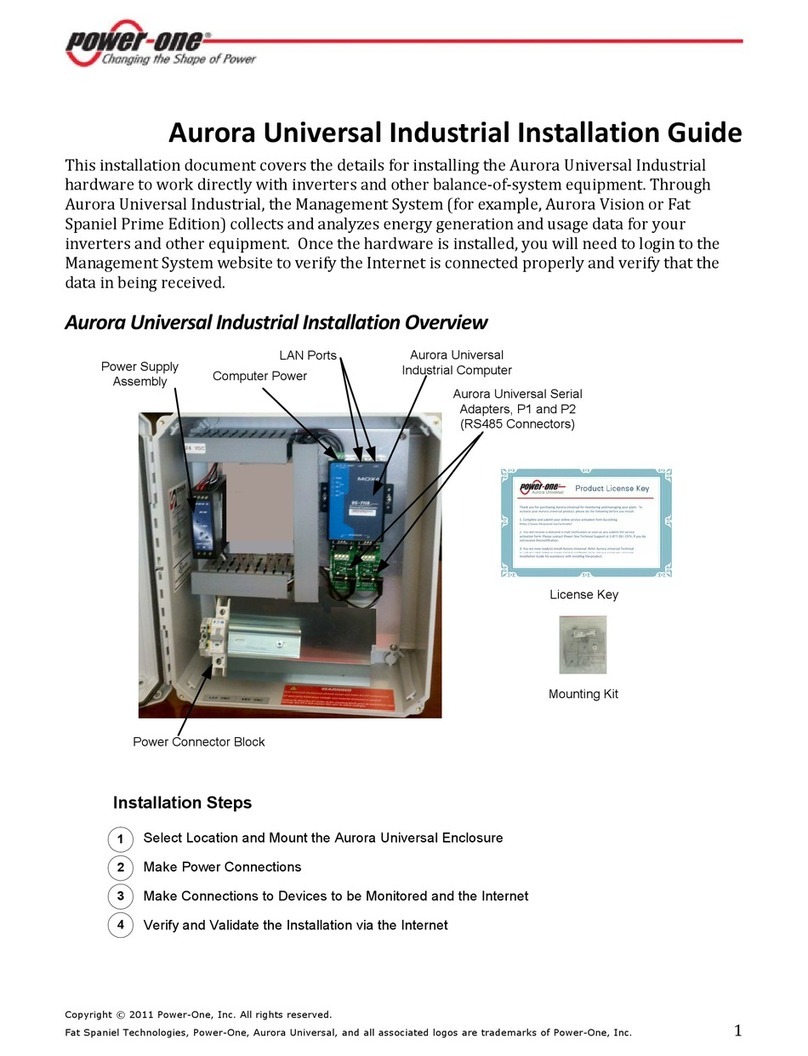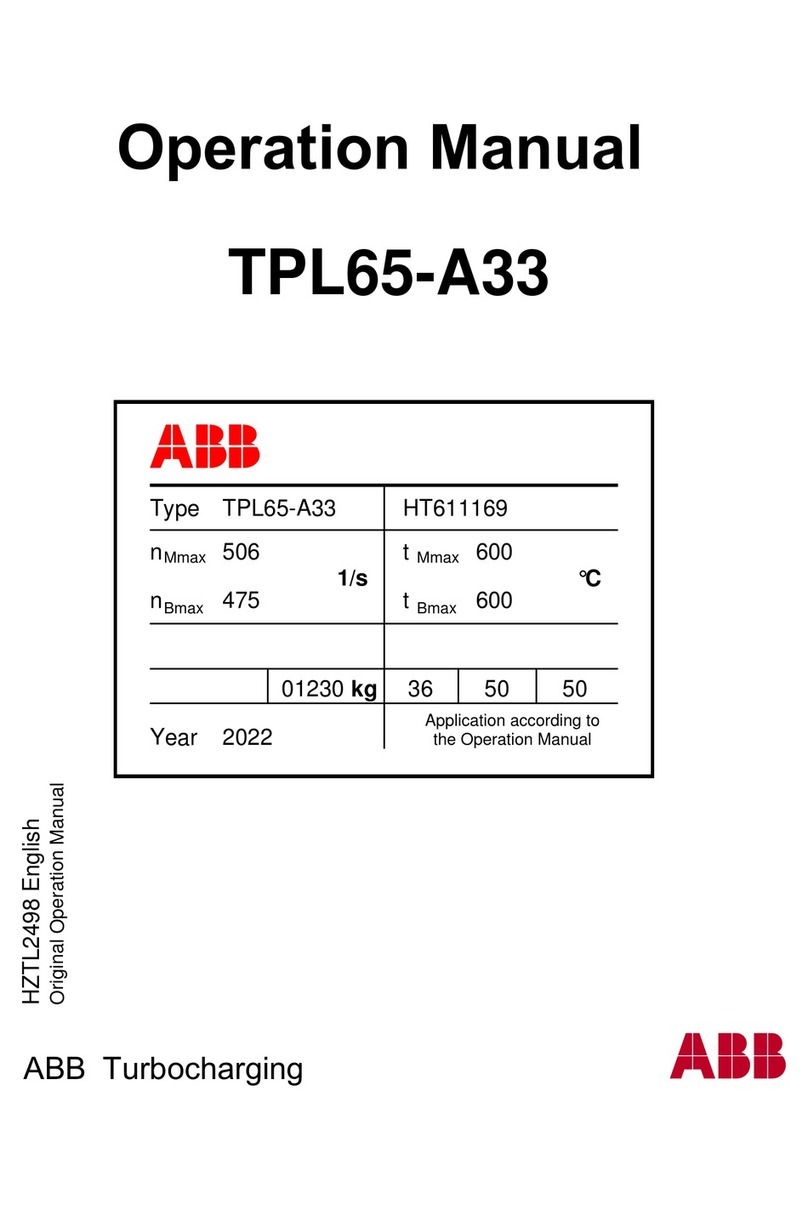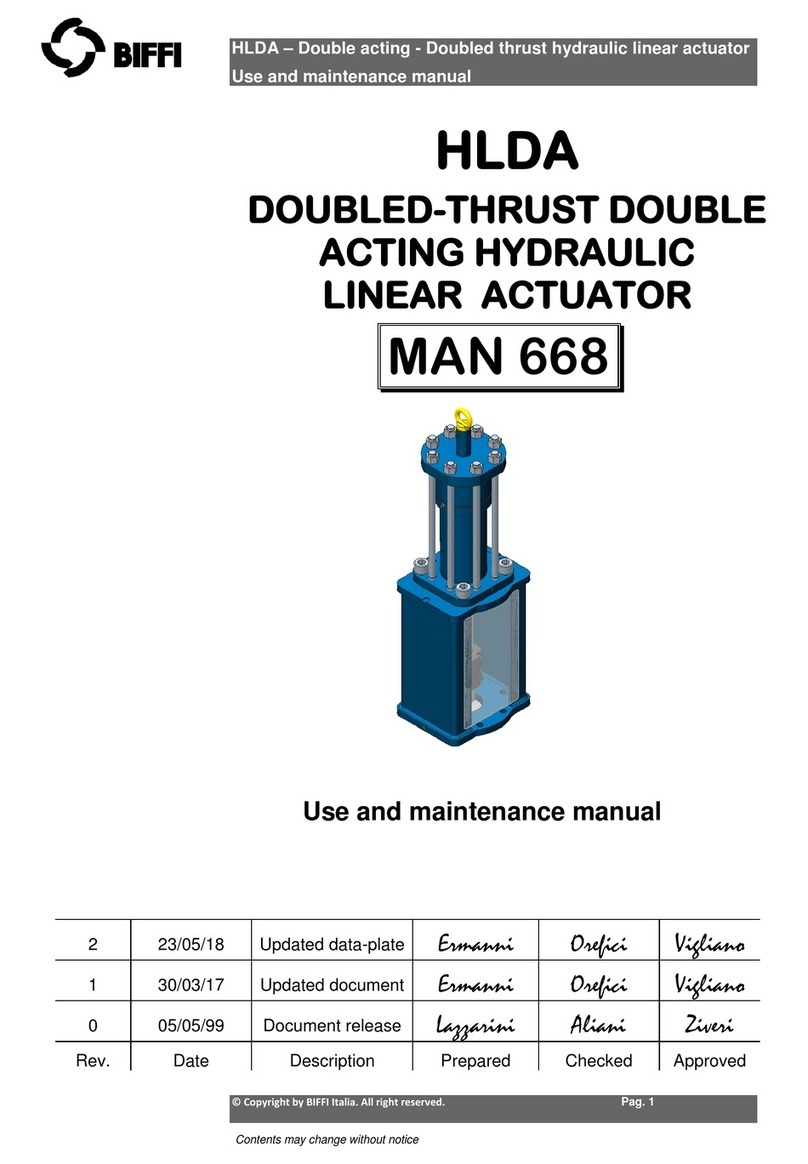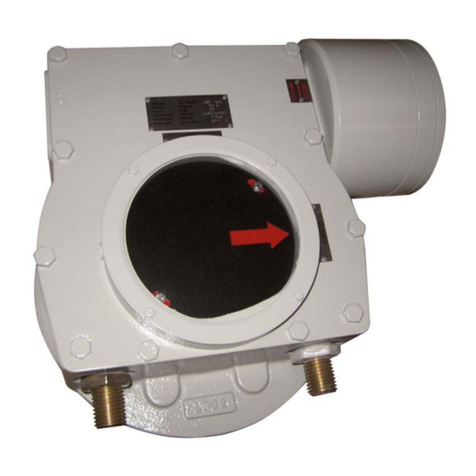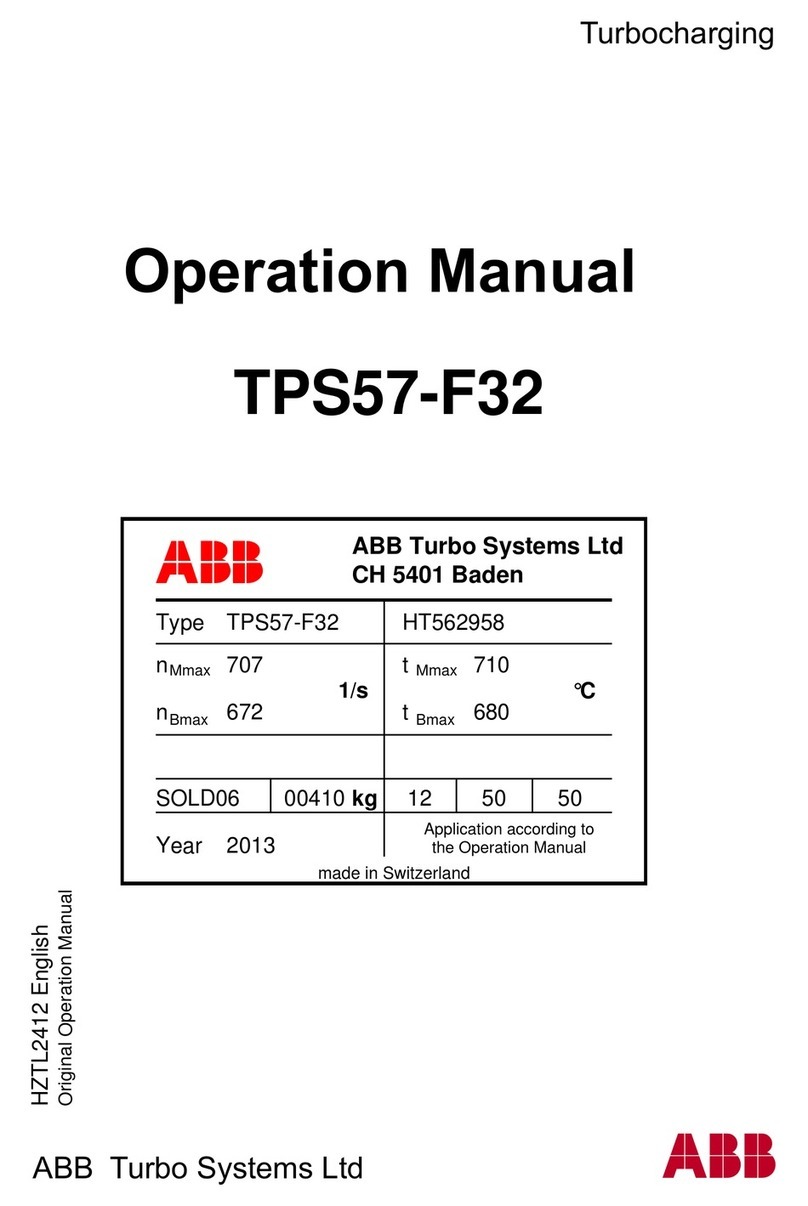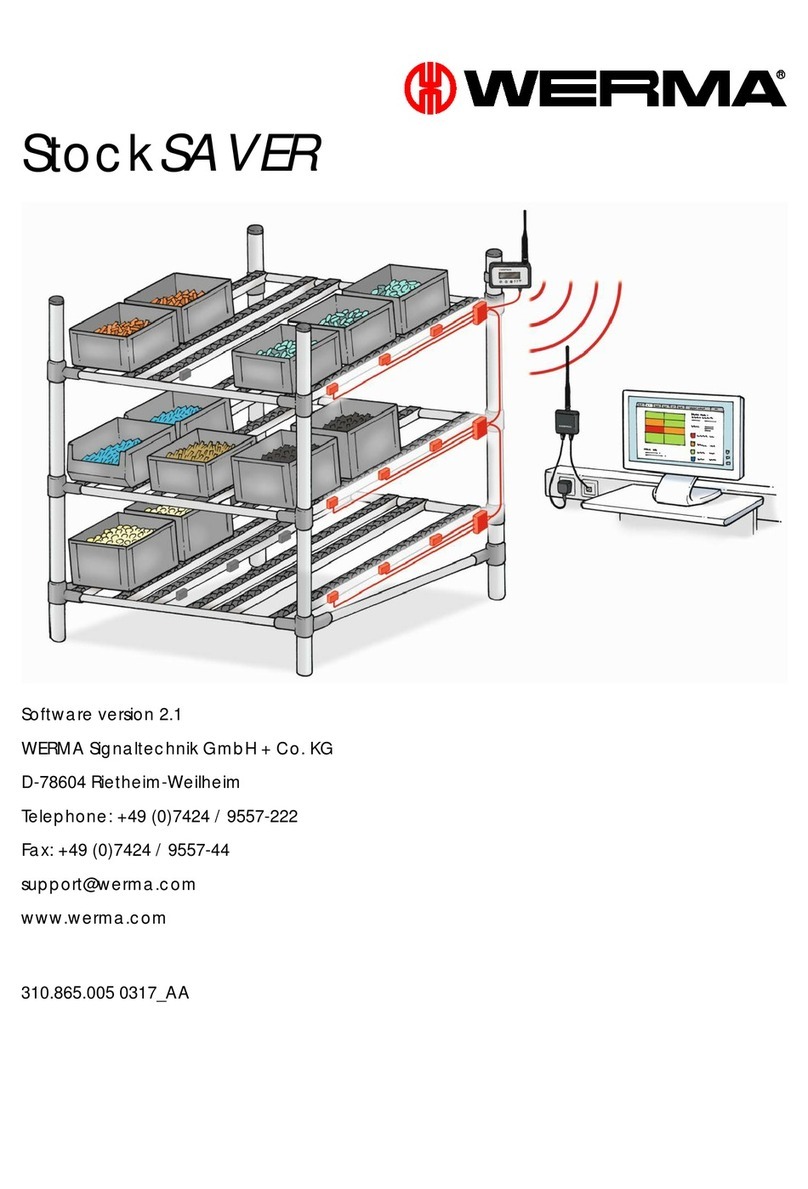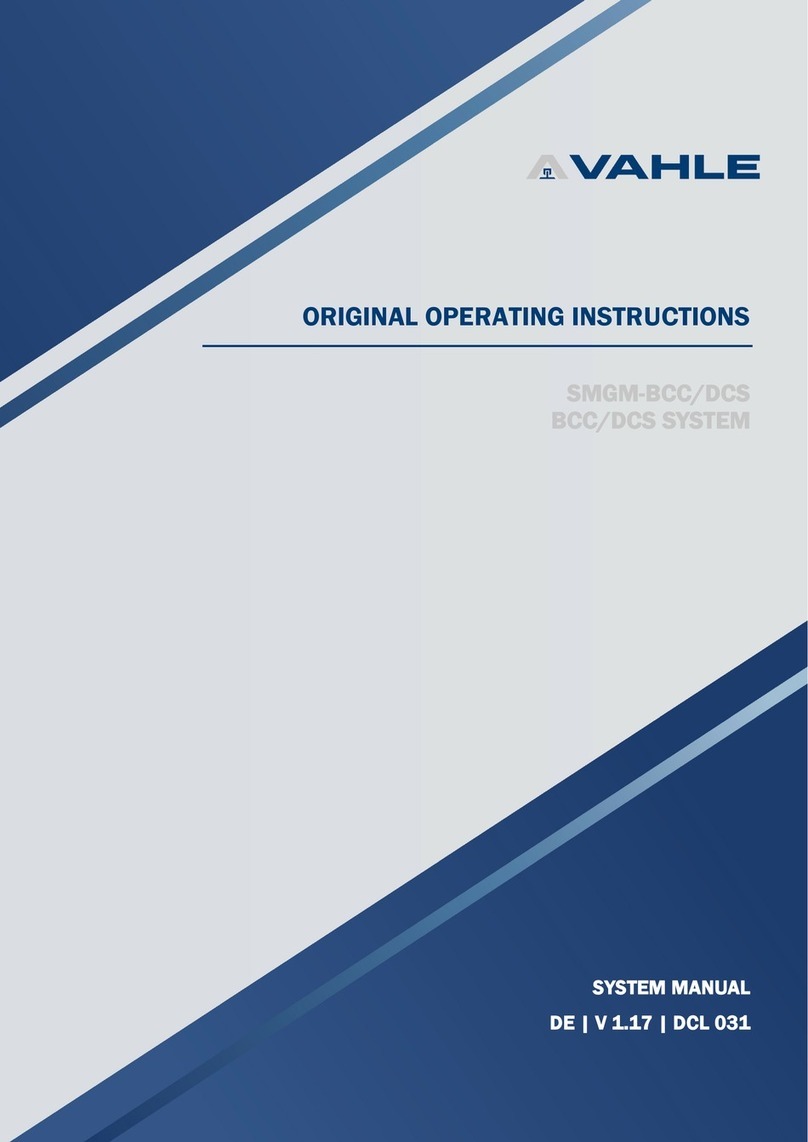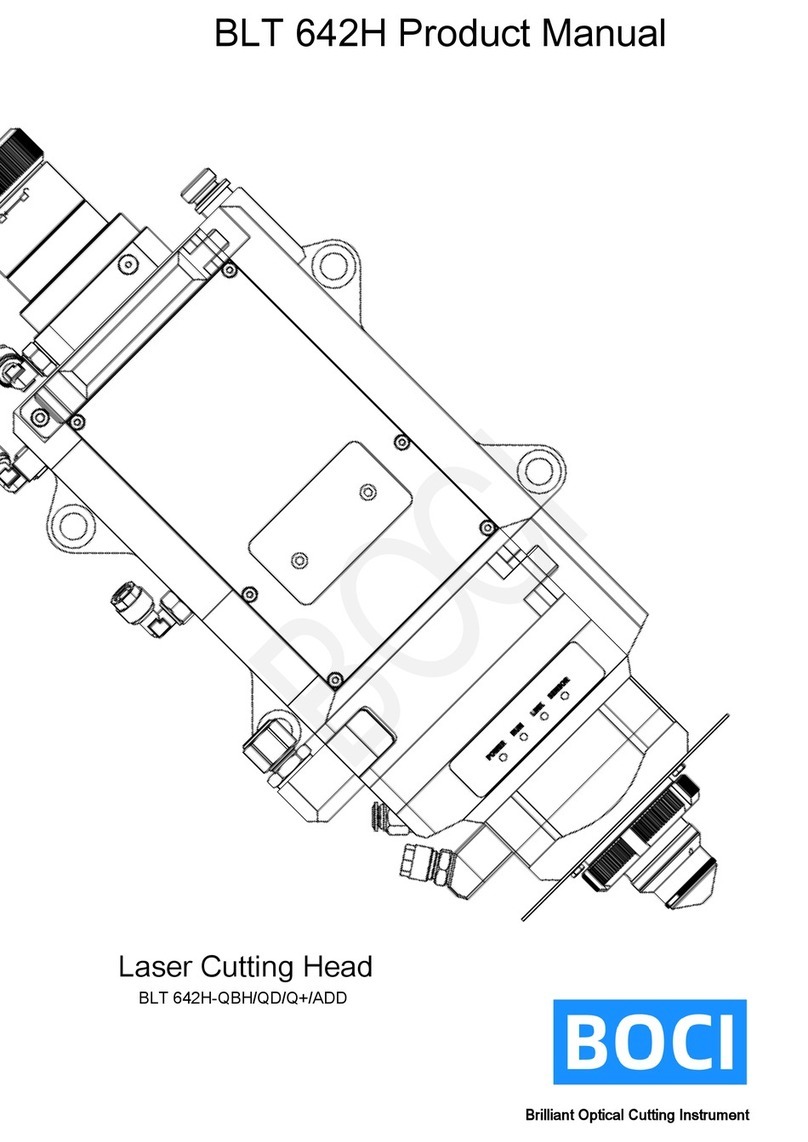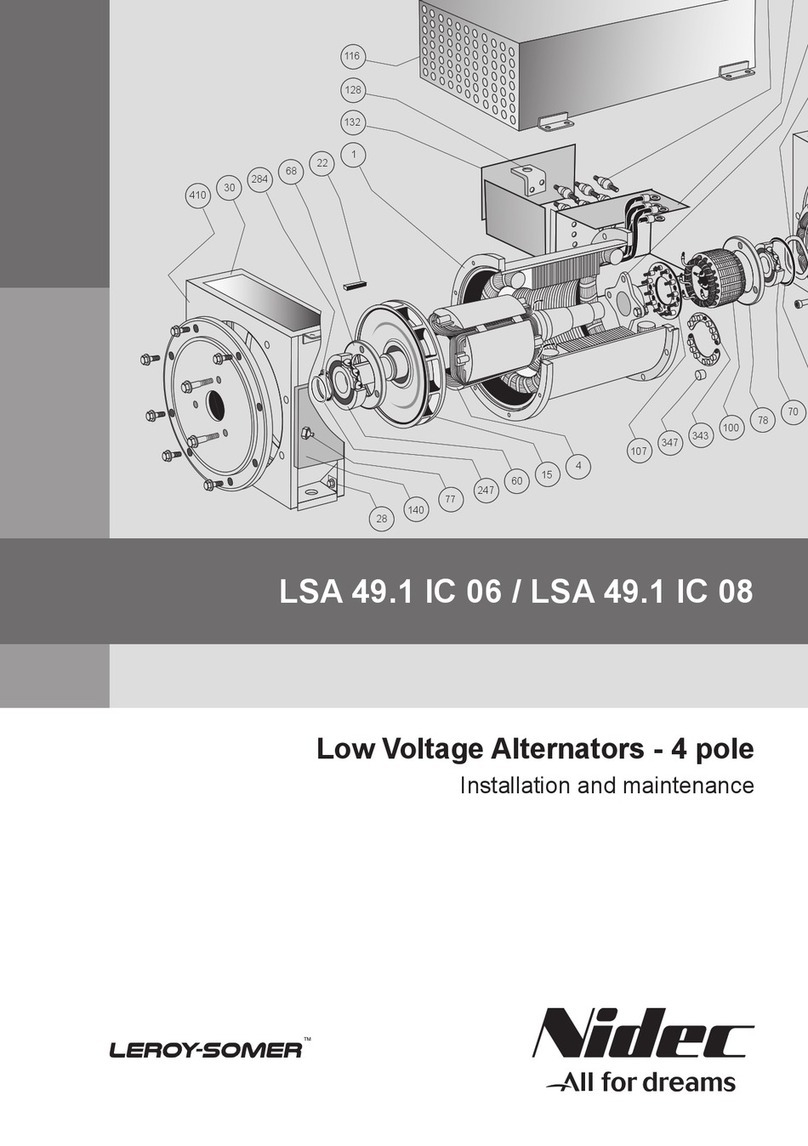2 Installation
2.1 Checks to be carried out on receiving the actuator
1) If the actuator arrives already assembled onto the valve, the
settings of the mechanical stops and of the micro switches (if
existing) has already been made by the person who assembled
the actuator onto the valve. If the actuator arrives separately from
the valve, the settings of the mechanical stops and of the micro
switches (if existing) must be checked and, if necessary, carried
out while assembling the actuator onto the valve.
2) Check that the actuator has not been damaged during transport. If
necessary, repair all damages to the paint-coat, etc.
3) Check that the model, the serial number of the actuator and the
performance data written on the data-plate are in accordance with
those described on the order acknowledgement, test certificate
and delivery note.
4) Check that the fitted accessories comply with those listed in the
order acknowledgement and the delivery note.
2.2 Storage
The actuators leave the factory in excellent working conditions and
with an excellent finish (these conditions are guaranteed by an
individual inspection certificate); in order to maintain these
characteristics until the actuator is installed on the plant, it is
necessary to observe a few rules and take appropriate measures
during the storage period.
1) Make sure that plugs are fitted in the air connections and in the
cable entries. The plastic plugs, which close the inlets, do not have
a weatherproof function, but are only a means of protection
against the entry of foreign matter during transport. If long-term
storage is necessary and especially if the storage is outdoors,
metal plugs must replace the plastic protection plugs, which
guarantee a complete weatherproof protection.
2) If the actuators are supplied separately from the valves, they must
be placed onto a wooden pallet so as not to damage the coupling
flange to the valve. In case of long-term storage, the coupling
parts (flange, drive sleeve, insert bush) must be coated with
protective oil or grease. If possible, blank off the flange by a
protection disk.
3) In case of long-term storage, it is advisable to keep the actuators
in a dry place or to provide at least some means of weather
protection. If possible, it is also advisable, to periodically operate
the actuator with filtered, dehydrated and lubricated air; after such




















